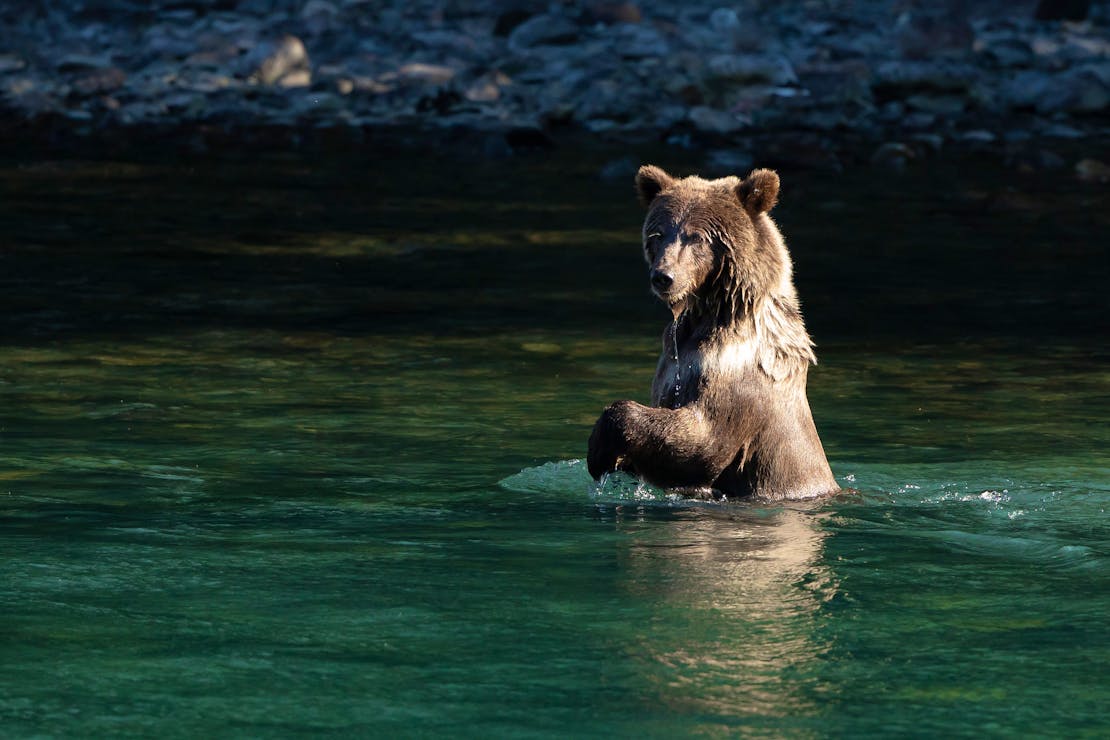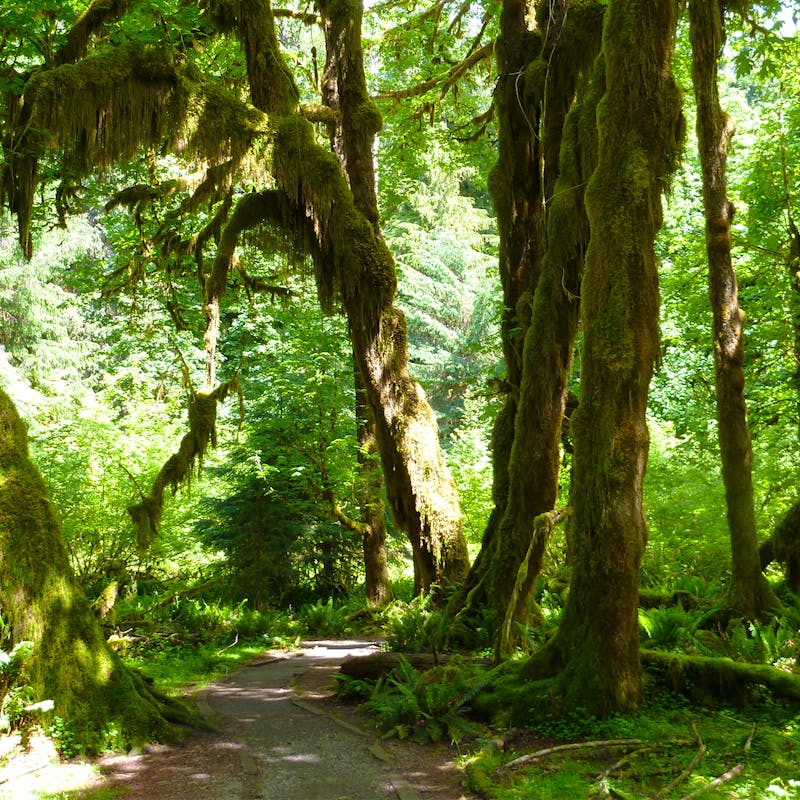The start of 2022 kicked off in Alaska with a big win for millions of acres of Arctic land. Thanks to a lawsuit joined by Defenders, seven million acres were returned to protection within the National Petroleum Reserve-Alaska (NPR-A), reversing a Trump administration plan that opened these lands to oil and gas development.
The NPR-A was established in the 1920s to safeguard an oil deposit for the U.S. military to use in times of emergency. At 23 million acres the NPR-A , which located west of the Arctic National Wildlife Refuge, is the nation’s largest single public land unit. The Reserve provides habitat for multiple caribou herds, polar bears, raptors, wolves, bears, and millions of migratory birds. Many of these species are vitally important for subsistence use.
The first-ever overall management plan for the NPR-A, developed by the Obama administration in 2013, restricted oil and gas development on approximately half of the Reserve. This included more than 3.5 million acres in the highly sensitive and productive Teshekpuk Lake Special Area, home to caribou calving grounds and nesting habitat for vast numbers of migratory birds.
Unfortunately, the Trump administration plan opened an additional 7 million acres to oil industry leasing, making a total of about 18.5 million acres open to development. This increased the Reserve lands open to development from approximately 50% under the Obama plan to over 80%.
In January 2022, the Bureau of Land Management announced its intent to return to the more protective Obama-era plan, in response to a lawsuit by Defenders’, and did so in April last year.
No more baiting of Kenai Refuge brown bears – Refuge to be managed for wildlife diversity
In April, Defenders of Wildlife and a coalition of groups celebrated a win for brown bears when the U.S. Ninth Circuit Court of Appeals upheld a 2016 U.S. Fish and Wildlife Service (FWS) rule that prohibits brown bear baiting in the Kenai National Wildlife Refuge. The FWS has never allowed this activity but published a regulation to specifically prohibit it after the State of Alaska decided to allow brown bear baiting on adjacent State lands. The State challenged the baiting prohibition in the refuge, and Defenders intervened in the case to defend FWS’s rule.
Bear baiting allows hunters to use donuts, dog food, bacon grease or other foods to attract bears, making it much easier to shoot and kill bears. Indeed, brown bear mortality increased dramatically on adjacent State lands immediately after Alaska authorized baiting, posing a significant threat to an isolated, peninsular brown bear population. Prohibiting baiting brown bears on the Kenai Refuge is an important reminder of the FWS’s responsibility to manage our precious refuge lands and to conserve biological integrity and diversity.
Bears, wolves, and wildlife integrity protected for national preserves in Alaska
The year continued with further victories in support of bears, wolves, and biological diversity. In September, a federal court in Alaska determined that a National Park Service rule allowing hunting practices - like killing brown bear mothers and cubs in their dens - in national preserves in Alaska was poorly reasoned and arbitrary (a legal term meaning that decisions or rules weren’t based on science or the law).
In 2020, Trump administration developed a rule that deferred to State regulations, allowing exploitive and highly aggressive hunting practices designed to reduce predator populations. However, like national wildlife refuges, wildlife species in national preserves are managed for biological diversity and integrity, including conserving natural predator-prey relationships.
Following the court’s decision, in early January 2023 the National Park Service proposed returning to its previous policy of banning practices such as bear baiting or killing mothers and their offspring in dens while sport hunting in national preserves in Alaska. These proposed regulations bring wildlife management on some of the nation’s most exceptional public lands back in line with the National Park Service’s mission to conserve wildlife and wild places.
Tongass and Bristol Bay
We’re proud to say, 2023 is off to a promising start in Alaska.
The U.S. Department of Agriculture reinstated the national Roadless Area Conservation Rule in the Tongass National Forest in Southeast Alaska. The move restricts development on roughly 9.3 million acres in North America’s largest temperate rainforest. The Tongass forest supports an incredible array of biodiversity and is home to the Alexander Archipelago wolf, brown bears, bald eagles, northern goshawks, the Pacific marten and the recently discovered Haida ermine, among others.
Also, in Bristol Bay, Defenders of Wildlife applauded the U.S. Environmental Protection Agency’s proposal to deny a permit for the proposed Pebble Mine that would adversely affect the region’s unrivaled natural resources, including the world’s largest wild sockeye salmon fishery. Threatening salmon and other fish species would, in turn, threaten local communities as more than 75% of local jobs are in the fishing industry. The scale of the proposed mine was so large that it also would have created industrial infrastructure and activity that extended well beyond Bristol Bay into the Cook Inlet watershed to the east. Mining would add additional stress to the highly endangered Cook Inlet beluga whale population.












